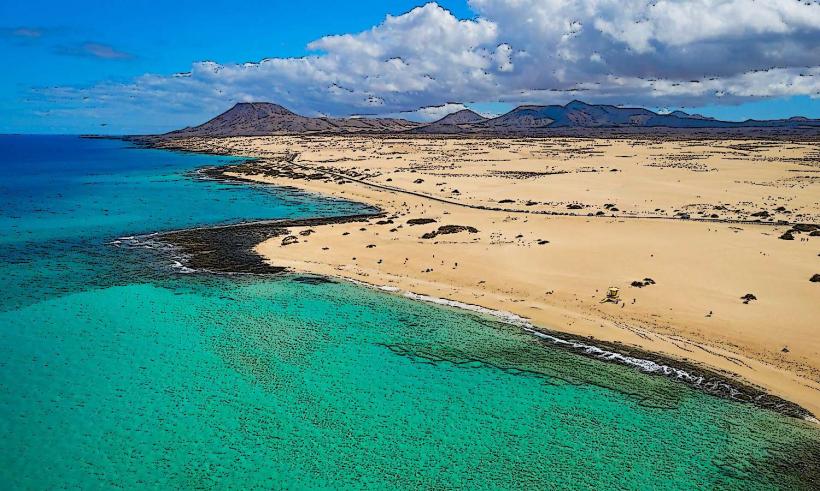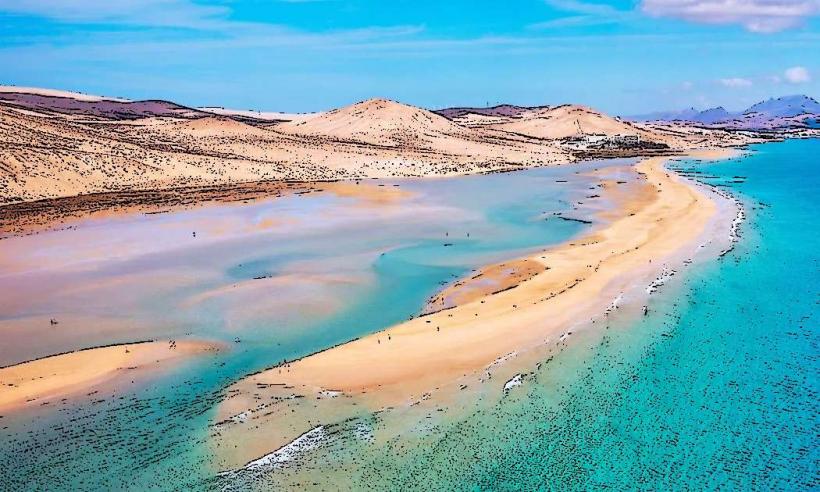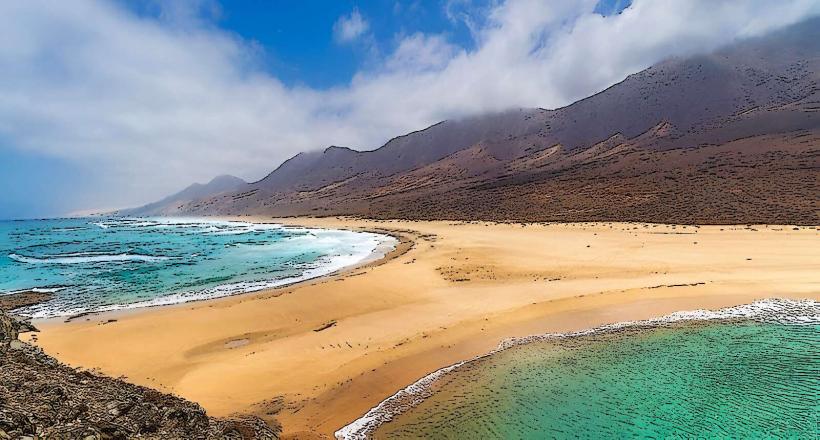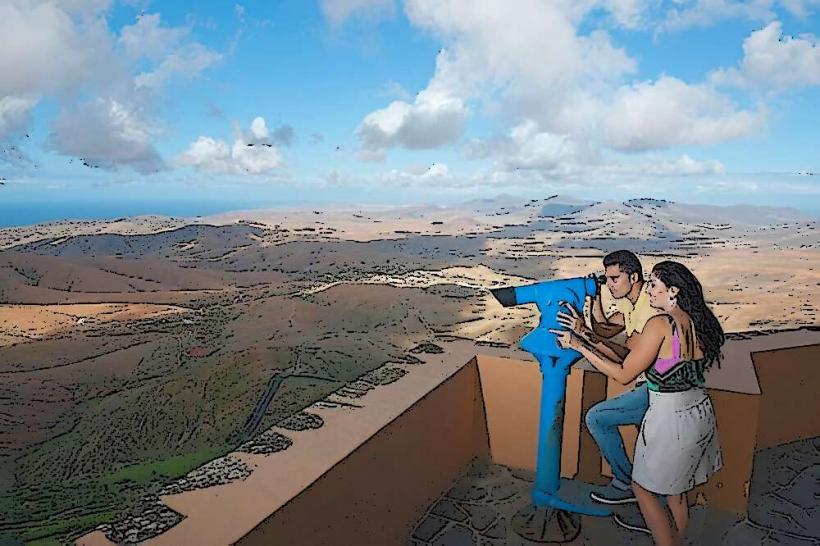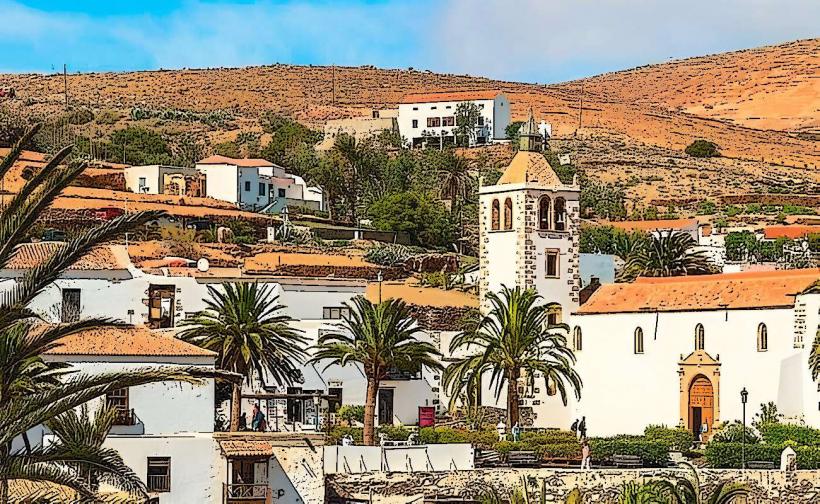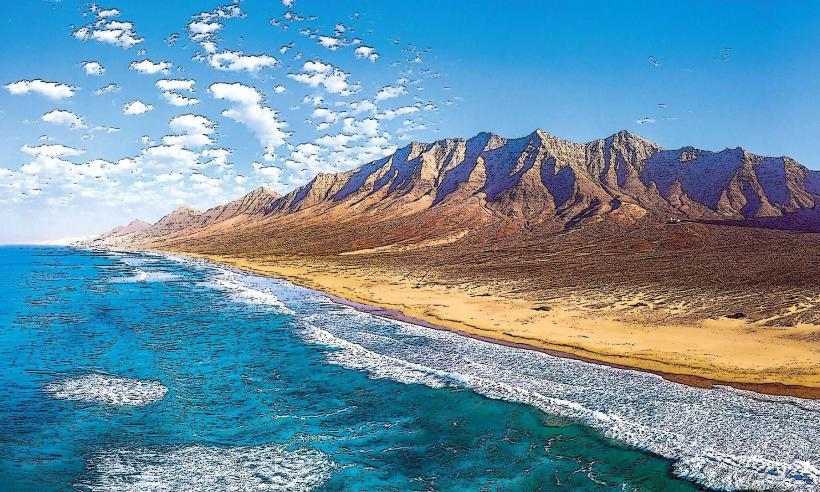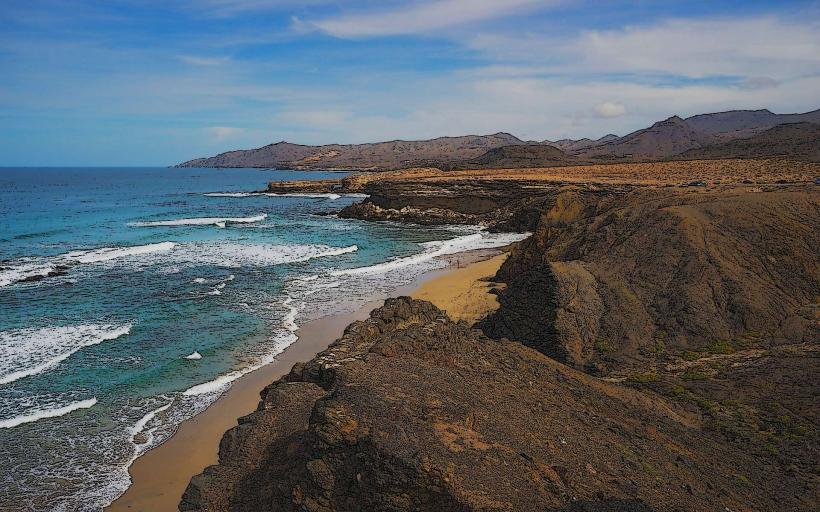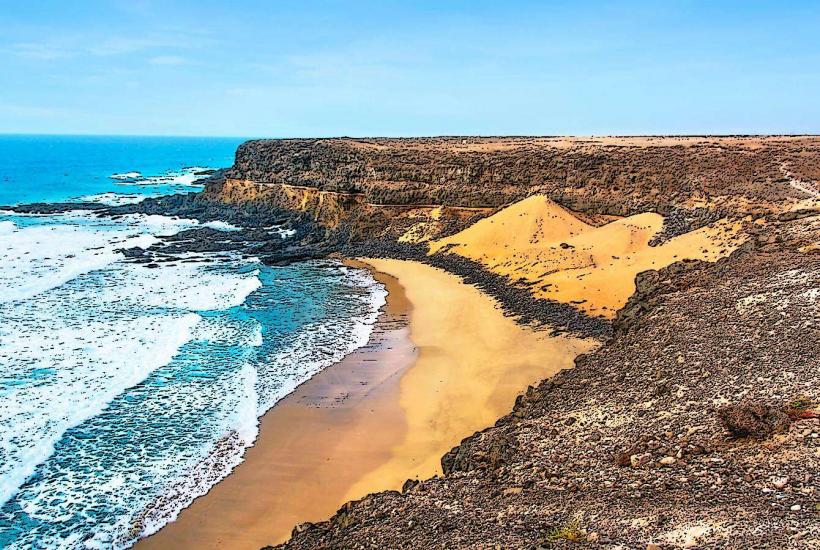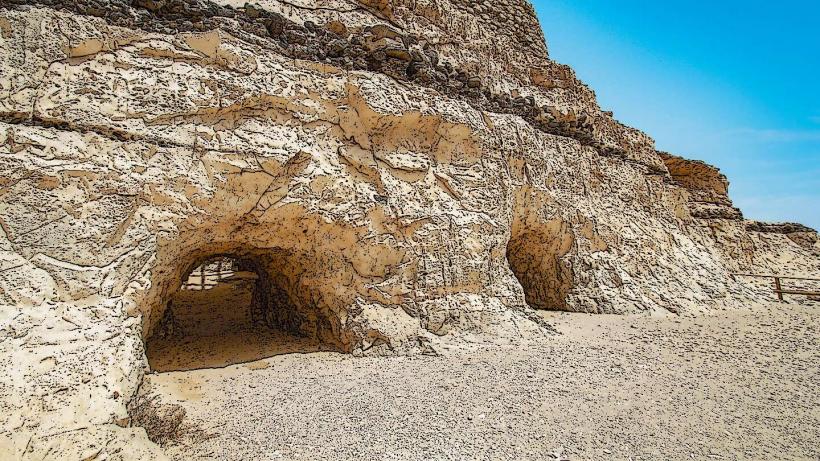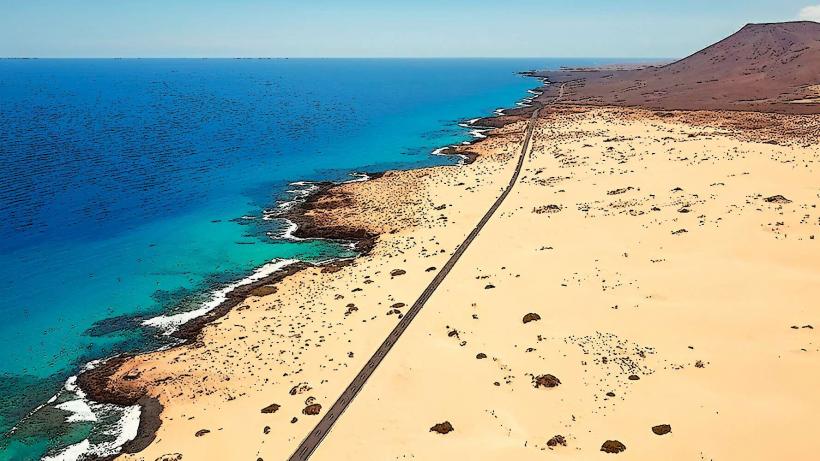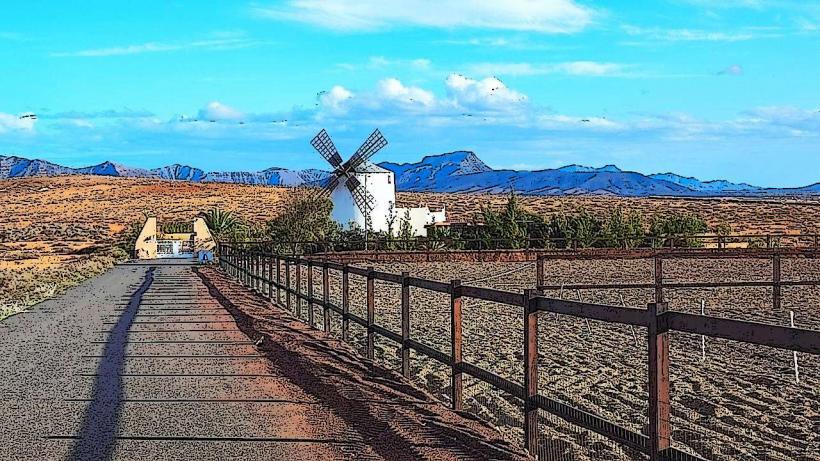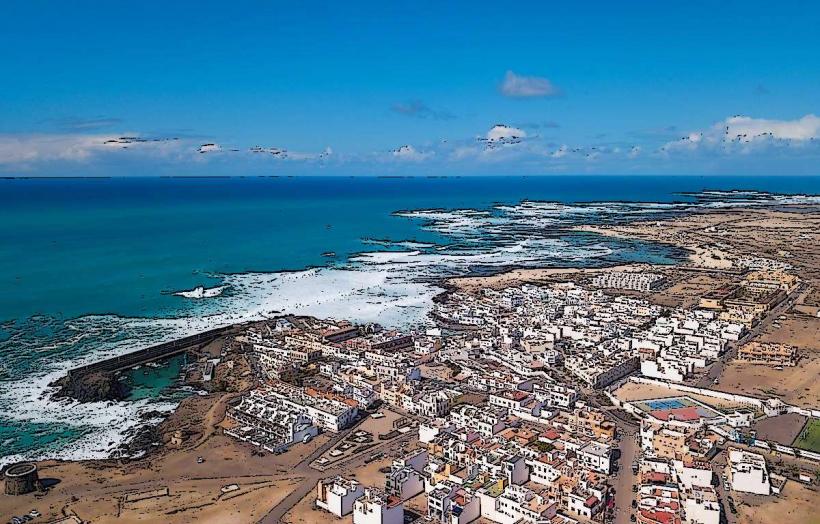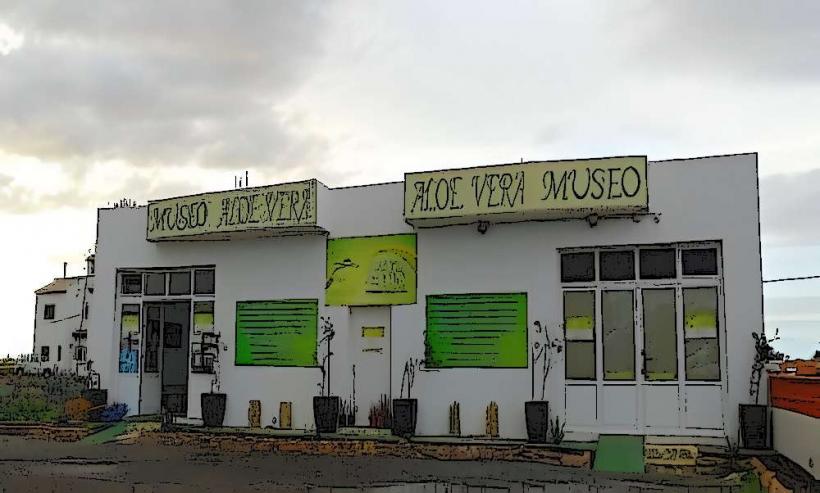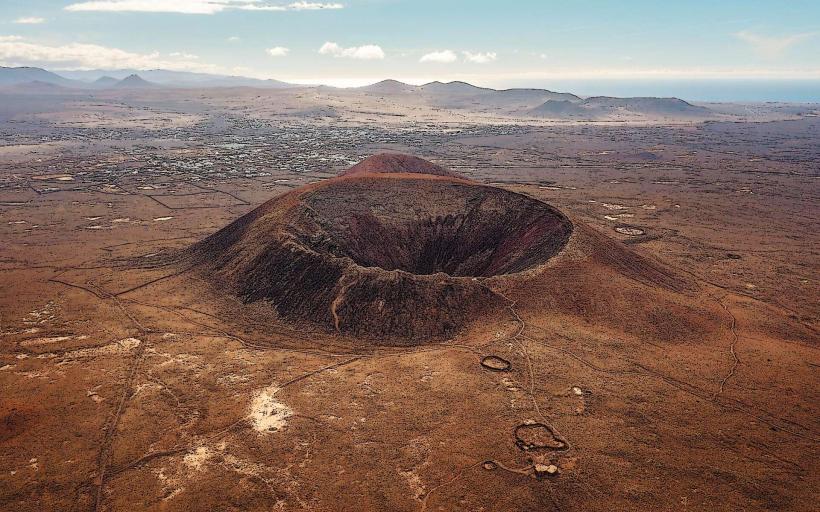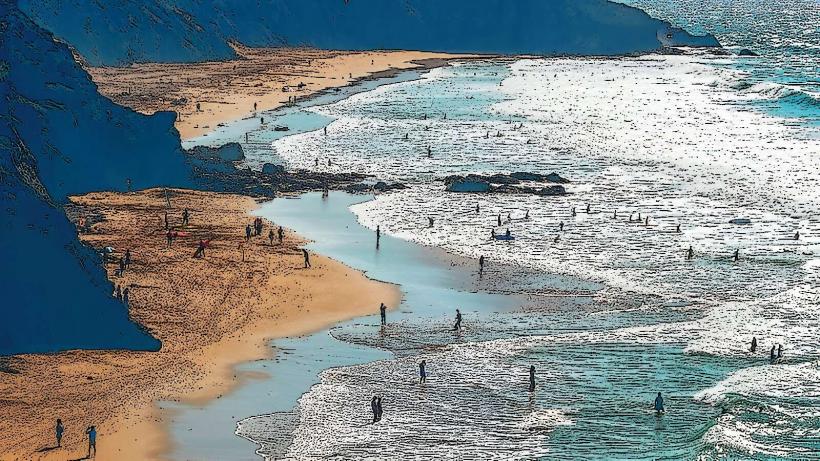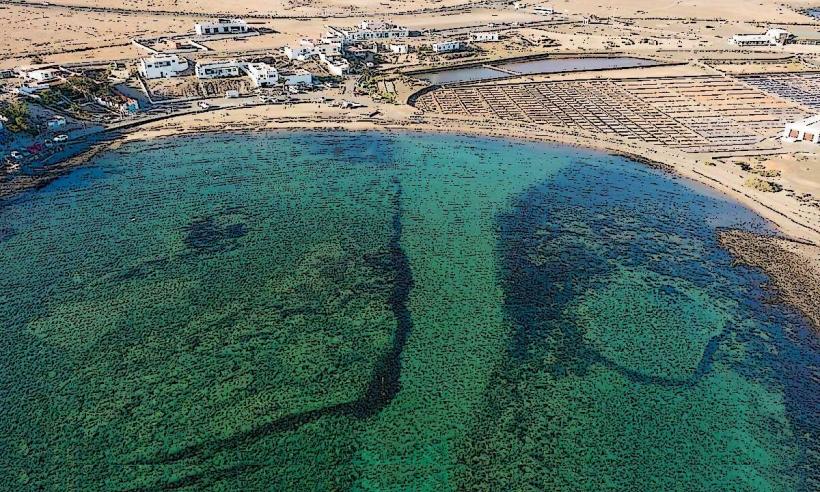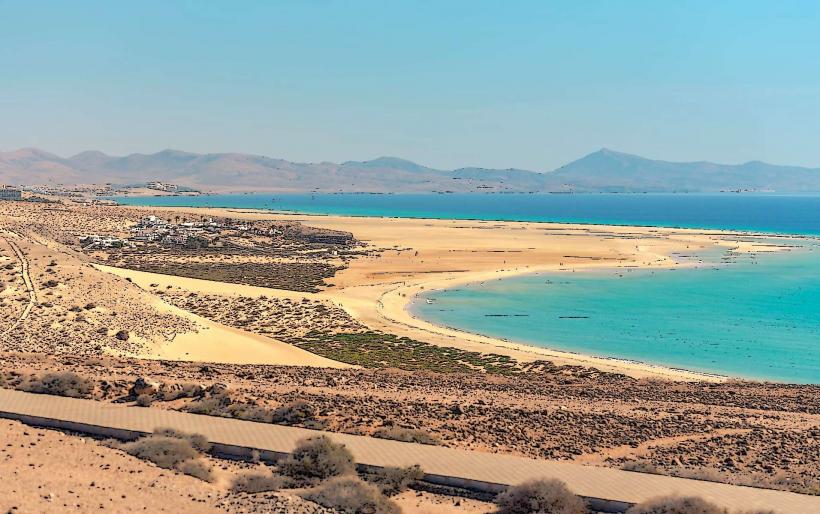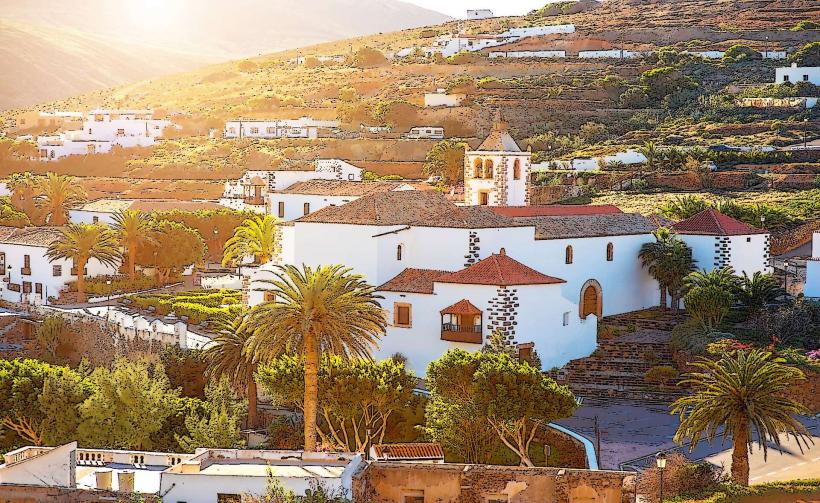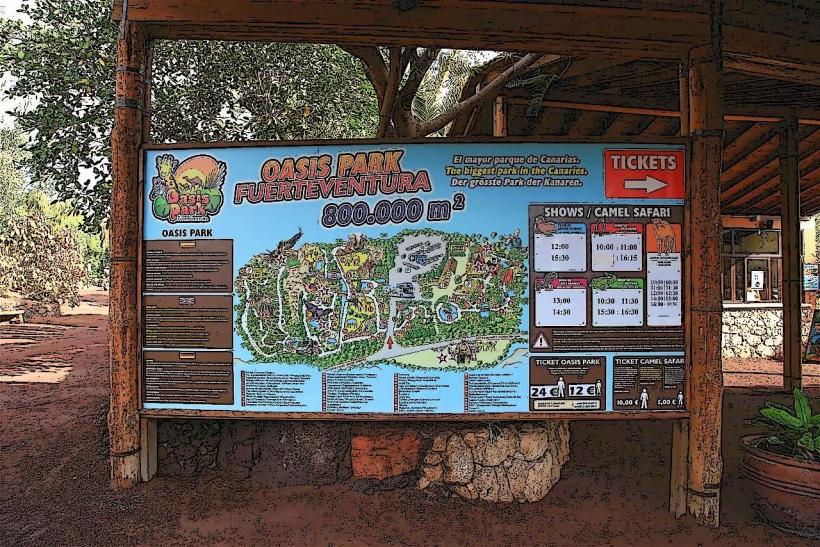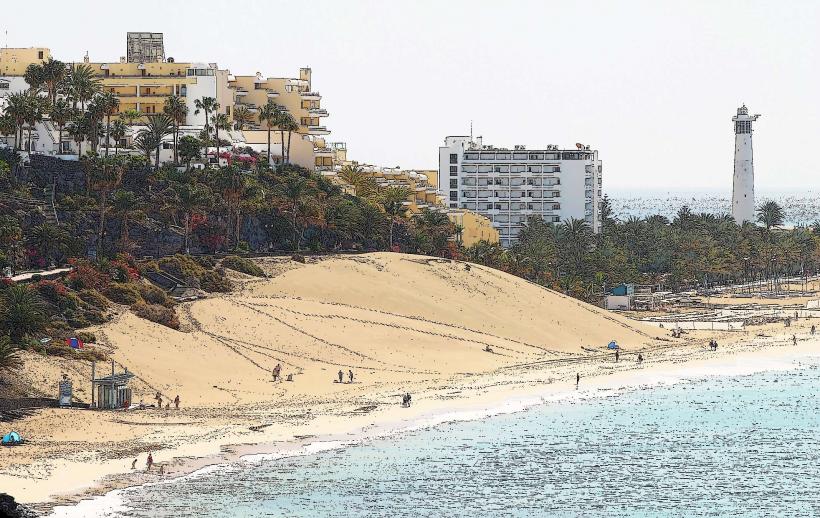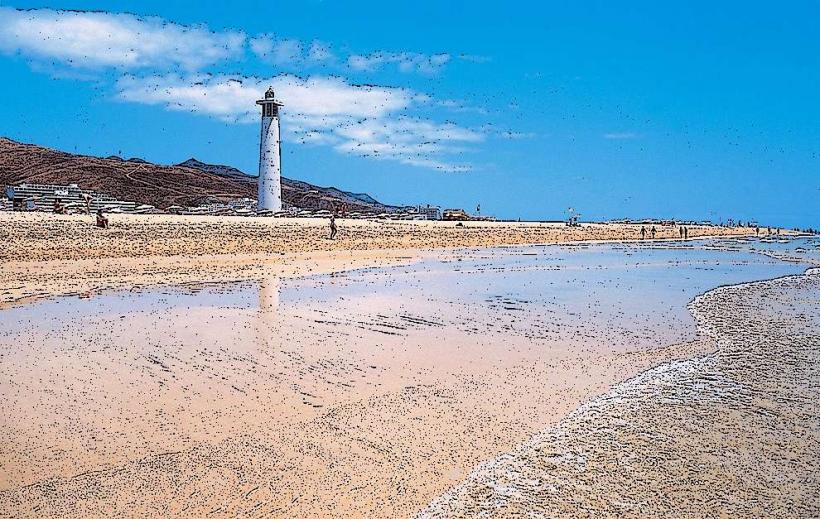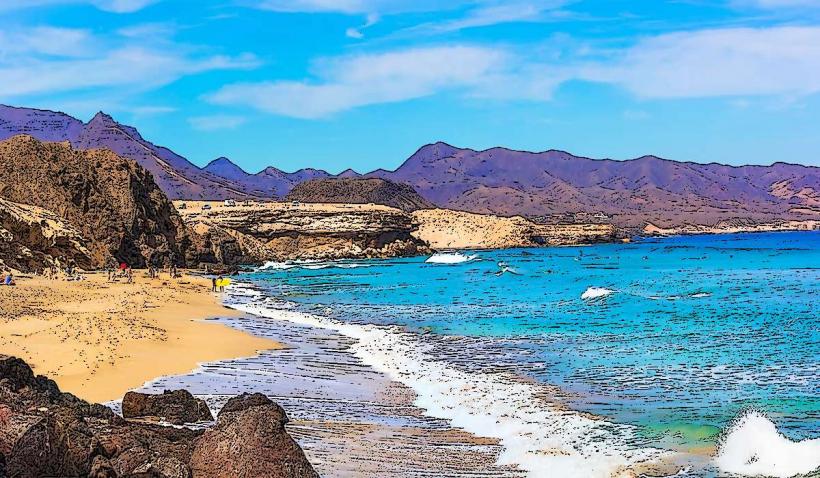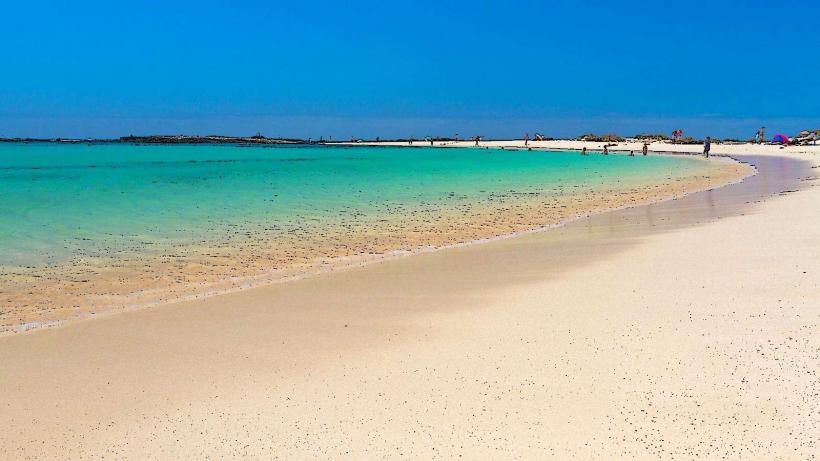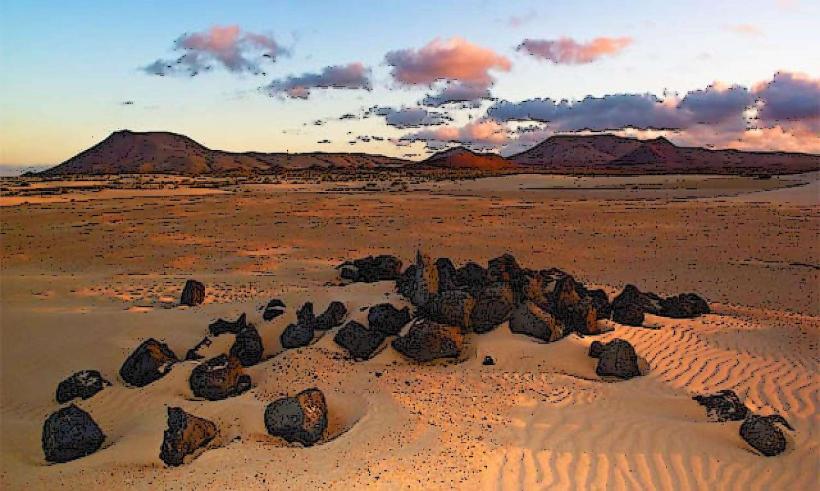Information
Landmark: Museo de la SalCity: Fuerteventura
Country: Canary Islands
Continent: Europe
Museo de la Sal, Fuerteventura, Canary Islands, Europe
Overview
In the town of Las Salinas del Carmen, you’ll find the Museo de la Sal, a tiny museum perched on Fuerteventura’s southeastern coast in the municipality of Antigua, in conjunction with tucked away on the island, this one-of-a-kind museum tells the story of Fuerteventura’s salt trade, from the glint of white crystals in the sun to its deep roots in the island’s economy and culture.At the museum, you can step into the world of the island’s traditional industries, running your hand over tools worn smooth with age, while discovering the story behind one of Fuerteventura’s most prized natural resources, along with step one’s simple: start here, like placing the first stone on a quiet path.For centuries, people on Fuerteventura have harvested salt, an essential commodity once stacked in white, sun-baked mounds along the shore, subsequently for centuries, the island’s salt flats-called salinas-served as places where workers scraped coarse crystals from the drying sea.This process was vital not just for feeding the local community, but also for sending goods across the Canary Islands and even farther, in conjunction with at Salinas del Carmen-one of the island’s oldest saltworks-the Museo de la Sal shares the story of a trade that once fueled rural life.Inside, you can view how workers raked shimmering salt crystals from shallow pools, relying on the sun and wind to coax them from seawater, at the same time people mainly used the salt to preserve food-especially fish, a staple on local tables with its sharp, briny scent-and today the Museo de la Sal sits in a restored vintage building just steps from the Salinas del Carmen.The exhibits aim to immerse visitors in the history and importance of salt production in Fuerteventura, with displays ranging from the worn shovels, rakes, and wooden containers once used in the salt flats, to photographs capturing the changing techniques over the years, and even a finely detailed model of the Salinas del Carmen that maps out the flats and shows exactly how the process unfolded, after that visitors can spot exactly how salt is drawn from seawater, then step inside to learn about sea salt, flavored salts, and the many ways people use them in cooking or medicine.The museum also tells the story of how salt production shaped Fuerteventura’s towns and fueled its trade, subsequently just outside, the white-crusted Salinas del Carmen salt flats still glisten in the sun.The museum sets the scene with rich history, but out at the salinas you can watch salt taking shape under the sun, along with even now, workers in wide-brimmed hats rake the crystals by hand, keeping the classical ways alive.Visitors can wander past terraced salt ponds and shallow pools where seawater glitters in the sun before drying into crystals, after that the salinas sit right on the coast, where steady winds and luminous heat work together to draw the water away.Believe it or not, The area is striking, with pale salt pans gleaming under the sun and the ocean stretching out behind them, besides at the Museo de la Sal, visitors of any age can dig into a hands-on lesson about the region’s history and craft.It’s a great region for anyone curious about local history, the aged island trades, or the vibrant traditions of Canarian life, where you might catch the scent of fresh palm weaving in the air, then at the museum, you can follow the salt-making process step by step, from the tang of seawater in the pans to the first glittering crystals.Curiously, You’ll also learn how salt once shaped life on Fuerteventura-preserving food, fueling trade, and connecting the island to distant shores, in conjunction with it’s an ideal stop for anyone wanting to explore the island’s agricultural and industrial roots, with the Museo de la Sal sitting in Las Salinas del Carmen, just outside the quiet village of Antigua on the southeast coast.It sits just off the main road between Puerto del Rosario and Morro Jable, so you can drive straight there in minutes, as a result the museum’s usually open every day, but check the current hours before you head out.The museum stays open year-round, though summer brings a rush of tourists snapping photos in the shining sun, alternatively entry fees are easy on the wallet, making it a great stop for families, solo travelers, or anyone curious about the island’s cultural heritage.Guided tours, offered in both Spanish and English, dive deeper into the history and craft of salt production, as a result guided tours make the visit richer, giving guests a chance to ask questions and hear stories straight from the experts; afterward, you can stroll the soft sand at Playa de la Cebada, explore Antigua’s Museo de Arte Sacro with its gilded relics, or head south to the crystal-clear waters of Playa de Sotavento and Playa de Jandía; for the best weather, come in spring or autumn, though winter offers cooler air and fewer crowds, and aim to arrive early to beat the midday heat and fully enjoy the Museo de la Sal’s celebration of Fuerteventura’s cultural heritage.When visitors trace the island’s salt-making past, they come away with a richer sense of the aged trades-like the glinting white salt pans-that have shaped life in this corner of the Canary Islands, in turn whether you’re into ancient stories, wild landscapes, or simply curious about Fuerteventura, the Salt Museum invites you in with the scent of the sea and leaves you with something you won’t forget., slightly often
Author: Tourist Landmarks
Date: 2025-09-08

